Snuggling with your pet on a cold winter’s night is the best feeling. Your floof can keep your feet warm while you sleep and be a great companion for bingeing your latest show.
But what if you knew a gentle method of touch that went beyond stroking your dog and could aid in healing and training them? Wouldn’t it be fabulous to use gentle touches to relax your anxious dog and eliminate excitability and excessive barking?
That’s the science behind what’s called “bodywork” and The Tellington TTouch.
“TTouch” isn’t a typo. It’s pronounced “Tee-touch,” and in-the-know animal experts recognize it as a simple way to enhance your pet’s well-being through soothing touch.
Used for four decades on horses, guide dogs, zoo animals, and companion animals of all types, Tellington touch is accessible to everyone. It only requires that you pay attention to your pet’s body language and learn a few simple techniques.
What Is Tellington TTouch?
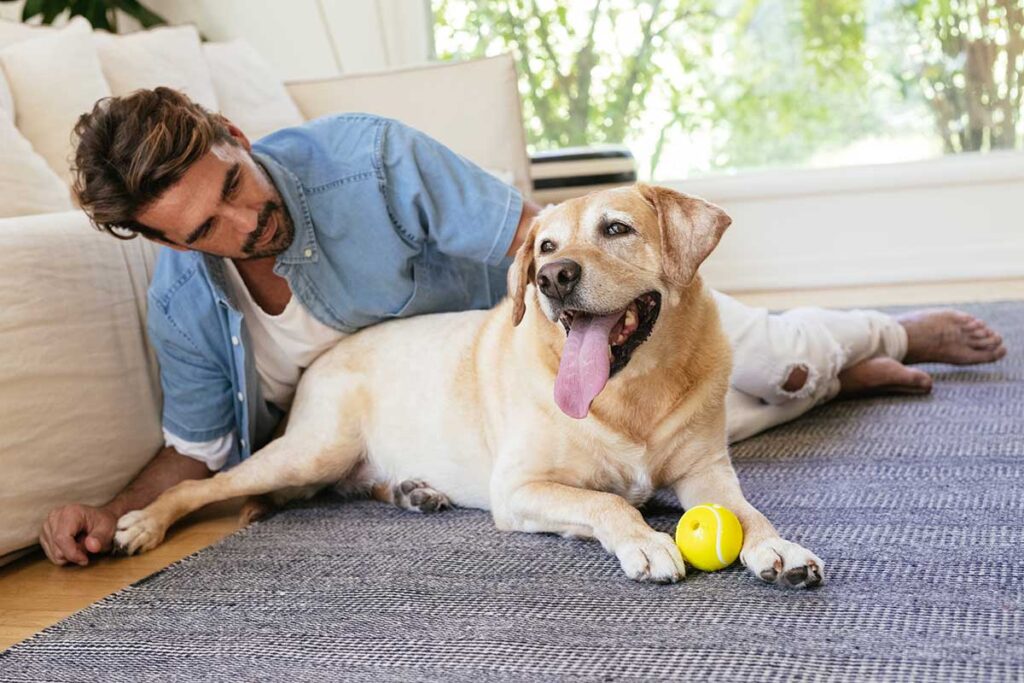
In 1975, Linda Tellington-Jones was a renowned horse trainer. She established a respectful, cooperation-based relationship with the horses. Tellington-Jones later extended her methods to companion animals like dogs and cats. She found it enhanced their well-being, reduced anxiety, and improved training.
Fast forward a few decades, and specialists say using the ttouch method improves an animal’s well-being in all kinds of ways. For example, it can soothe carsickness in dogs and curb less-desirable behaviors like excessive barking and excitability in others.
Imagine this scenario, someone (maybe you), tries to shush their dog for barking at people on the street. It doesn’t work well, does it? That’s because your dog feeds off your energy and if your anxiety rises as you say, “shush,” your dog feels that and gets even more excitable.
However, if you knew a gentle method of touching your dog, you could nip that behavior before it escalates and enjoy the benefits of a calm and well-behaved dog. For instance, knowing your dog won’t topple the neighbor’s five-year-old but will instead sit quietly for a pet, is a life-changing experience for everyone.
Linda Tellington-Jones created the tellington ttouch method for all of us.
Her Influence
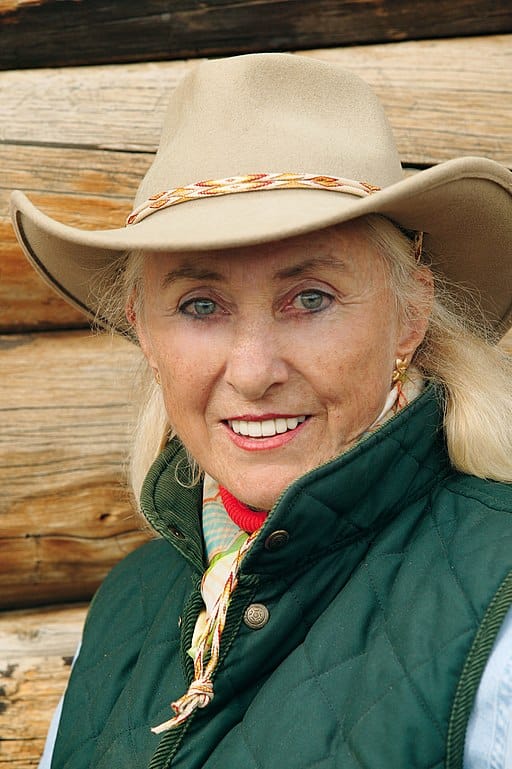
Tellington-Jones studied with a scientist and martial arts master named Dr. Moshe Feldenkrais. When faced with a knee injury, he developed a movement-based system for healing. It incorporated body awareness and movement exercises to enhance well-being and heal from pain.
Animal expert Linda Tellington-Jones combined his work with her own experience working with horses to create the method known as The Tellington TTouch for animals. Based on the Feldenkrais Method, which uses the entire body to heal through an enhanced mind-body connection, it’s effective and gentle.
Her approach, known as TTouch, leans on body awareness and a series of circular movements for animal behavior modification. It relies on trust and communication to help your pet relax deeply.
While it may look like petting and stroking, practitioners of ttouch technique know it’s much more.
How Teelington Ttouch Soothes Animals
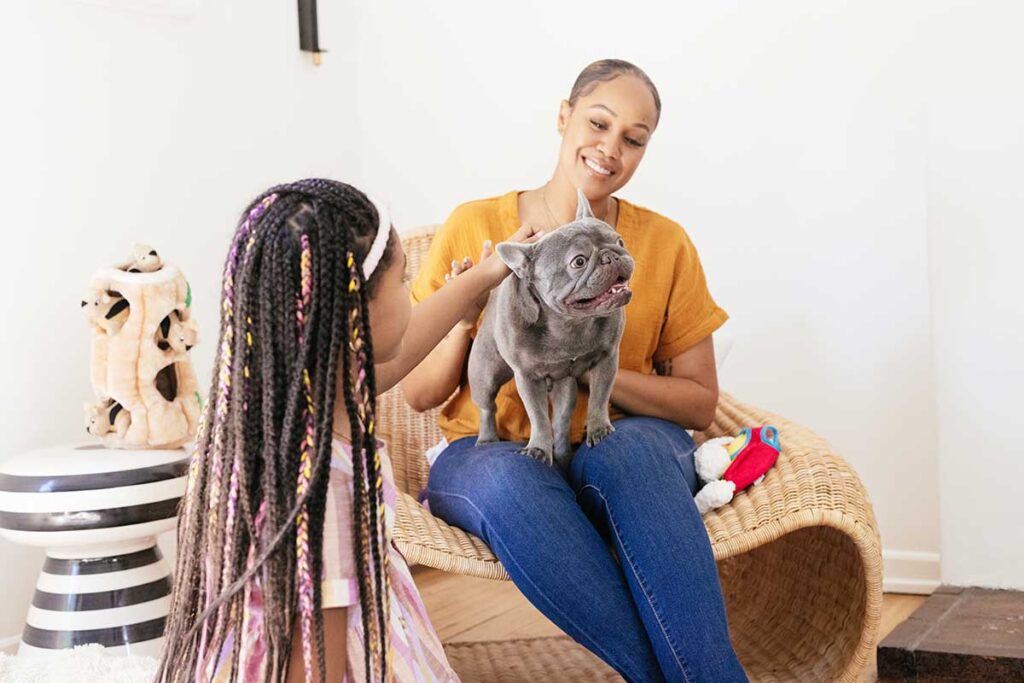
As a pet parent, you want the best for your companion animals. TTouch-for-you is an empowering practice because it creates a deeper connection between you and your dog or cat.
Using gentle movements, these touches activate the body’s cellular intelligence to heal, relieve pain, and eliminate troublesome behaviors like excessive barking.
Some call it a practice to ignite the “electric lights of the body” (maybe they meant electrolytes?) No matter what you call it, paying attention to body language and mindful circular ttouch can build self-confidence and wellbeing.
You Can Practice TTouch on Your Dog or Cat
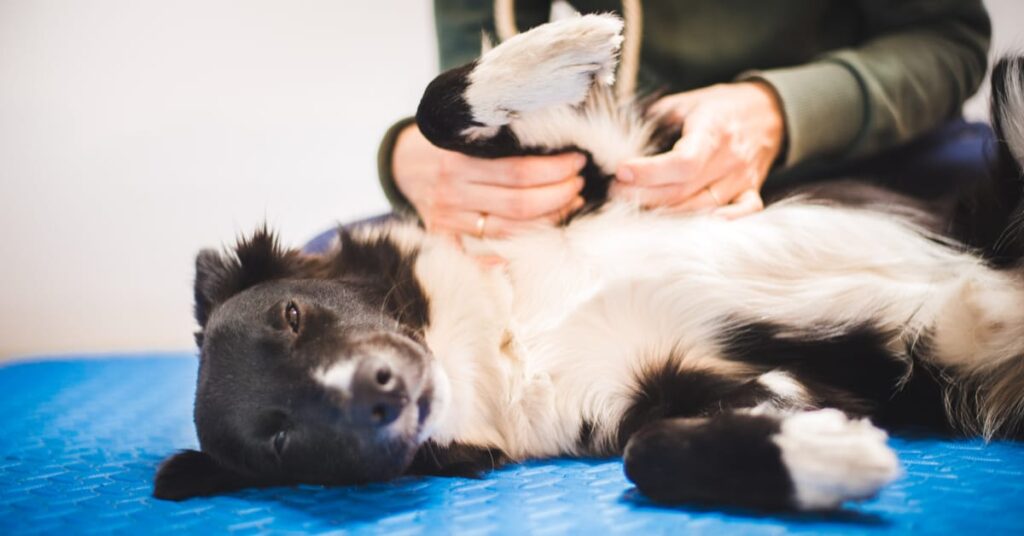
Yes, motivated pet parents can learn the basics from a book or videos. There’s a basic circular ttouch pattern called the “clouded leopard.” It turns out, this is a type of leopard and it’s a simple movement you can try on your own pet.
Imagine touching your dog with your entire hand lightly, like a cloud. Then, gently rest your fingers on your pet. Your fingers are gently curved. Using the pads of your fingers, you push your dog’s skin lightly and move it in small circles.
Try to connect your breathing with the movement as that will keep it light. Watch your dog to see how they respond and adjust your pressure accordingly. Just as some of us prefer a lighter massage vs. a deep tissue massage, your dog will let you know his preference.
If your dog looks relaxed and happy, then perfect! You’ve achieved your goal. According to Tellington TTouch practitioner, Jane Harvey, there are around 30 different ttouches. Each is designed to enhance your pet’s well-being and deepen your connection.
There are different types of touches for chronic pain, anxiety, and behavior modification. You can focus on the ones that make the most sense for your pet.
TTouch for Dog Training
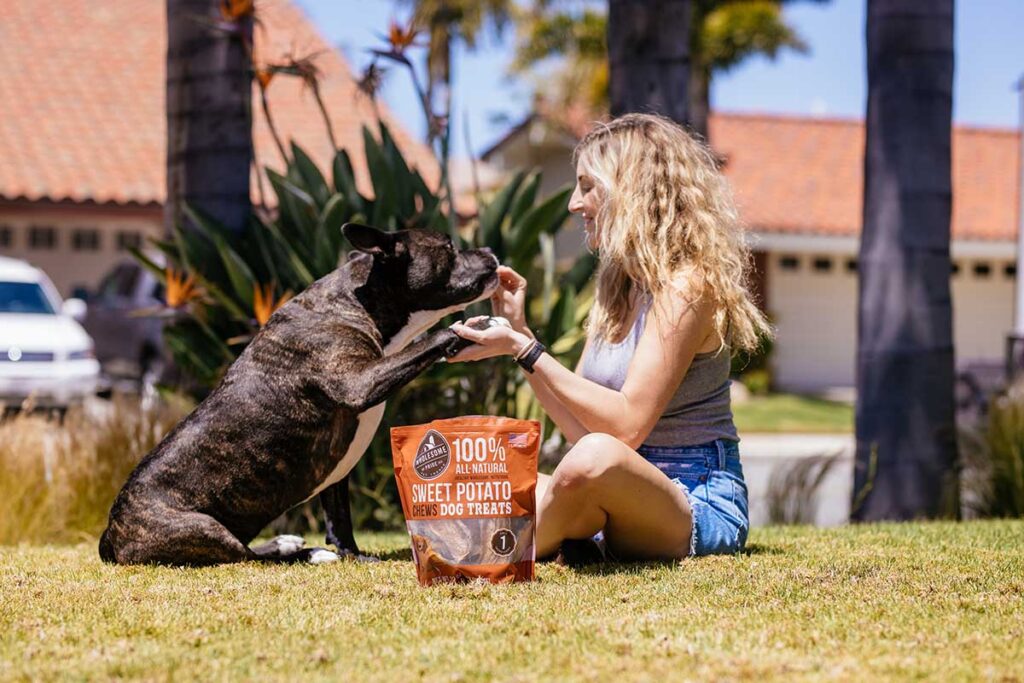
Some dog trainers use the gentle methods of the Tellington TTouch methodology which includes bodywrap techniques as well as the ttouches.
For example, service dog trainers Janice Lloyd and Elizabeth (Lib) Roe found that using bodywraps around excitable dogs calmed them down so they could focus on training. They also use a series of groundwork exercises to help the dog focus.
Bodywraps help the dog with body awareness. An ace bandage tied in a figure-eight can calm down excitable dogs so he can focus. Obstacle courses like walking through ladder rungs as the ladders lay on the ground or learning to navigate weaving poles all build confidence in the dog and break up habitual movements.
Some veterinarians are using TTouch in their pet care for everything from nail trims to injections.
Posture, breathing, the nervous system, and behavior are all linked. You already know that standing tall and taking deep breaths makes you feel more confident and energized vs. slumping in a chair and taking shallow breaths.
While our pets aren’t meant to stand on their hindquarters, there is still a connection between the mind, physical, and emotion. This methodology taps into that connection to enhance trust and relaxation.
With more than 1600 certified TTouch practitioners teaching the method in over 36 countries, more people are learning about this gentle and effective approach to a deeper connection with their pets.
You can use this practitioner directory to find one near you to work with your pet. You can also start practicing on your pet with a book or online video. It’ll deepen your connection with your pet and help them live their best life in harmony with yours.

